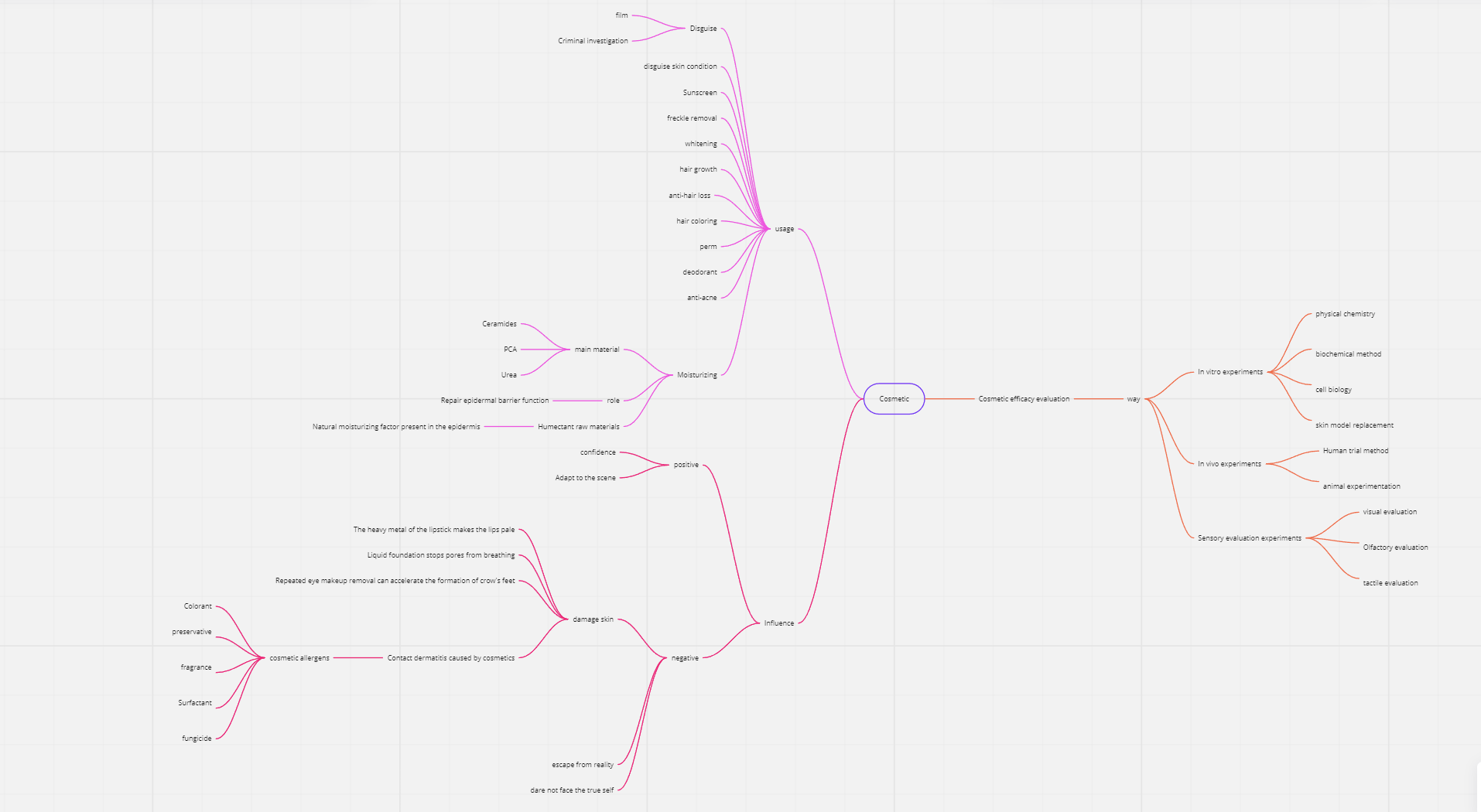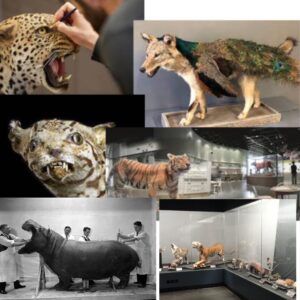Interview
I asked my friend Rhyan if I could interview him since he has a dog. Down below are questions that I have asked him. Rhyan did not know what taxidermy was, and I gave him a brief explanation and history of taxidermy. He did find it weird that people did do taxidermy in museums for research and to teach others as well as ordinary people using taxidermy as a way to keep their memories alive with their animals.
Questions that I have asked:
Have You Ever Heard the Term “Taxidermy” Before?
- No, I haven’t heard that term before.
Do You Believe That The Practice of Taxidermy Should Be Continued?
I think that taxidermy can be used to study animals, but it is not necessary to use it as a display.
What Do You Think You Think Of When People Say That They use Taxidermy or “Stuff Their Animals” to Keep Them In Memory? Would You Consider Using Taxidermy As A Way to Keep Your Pets In Memory?
I understand the reasons why people would use taxidermy because they love their animals. However, I don’t think that I would ever use taxidermy to “keep the memories alive” with my dog.




